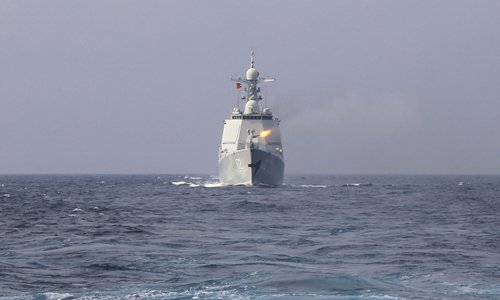Regarding QC280, as I read from
Thanks for the informative posts. Regarding QC280 I have to disagree.
Gongke's word was "606的叫QC400太行基础上发展的,用间冷,中船703所的叫GT25000IC,QC280这个号以后有没有还两说呢。" Which means the type QC280 may or may not be granted. By saying that he does admit the existence of the engine program. He only doubt if the engine will get endorsement for a type name.
He also said (in your first link) ""QC280是中航发编号,GT25000IC是中船编号,两个激烈竞争中。" QC280 is AVIC's type number which is in competition at the time of speaking August 2018. And the result should be out at the end of 2018.
Then there is another post in 2017 which according to AVIC publication that QC280/QD280 has reached 20 per year production capacity. I can not find the original report from AVIC site, but I found this link from ICBC in their stock report which says
The company's program of establishing production capacity for QC280/QD280 has been achieved. Together with the 2017 cjdby post just above it is clear that the capacity is 20 per year.
I don't know if there is any dispute between some Chinese companies around QC280, nor do I know if I should trust any claims of such dispute. But it is clear that the program and the engine not only finished development but reached mass production by 2017.
Since QC280's capacity program started at 2009 lasted to 2017 and in active competition right now, any controversy regarding IP can be and should be ignored because any accusation in the last minute would be seen as a pure sabotage of competition and waste of state fund. The only thing that can exclude QC280 in Navy's program would be underperformance than its peer.
In August 2018, gongke said this:
25000本来就是海军出钱703负责实际操作,703拉上哈汽和430干的,430有全套图纸,就在中航支持下干整机,想抢军用市场,但703和许多承制厂签了排他性协议,,据说海军也没明着拒绝,只是说既然用了许多中航的新部件就按军规试验一项项來,据说只要中航自己花个四年左右,花几个亿就可以和703Pk,后来中航就放弃了。
Translation: 25000 was always a Navy-funded program delegated to 703 for overseeing. 703 collaborated with Harbin Gas Turbine and 430 on the project. 430 got all the technical drawings and, with the support of AVIC, wanted to take over the military market but 703 signed exclusivity agreements with a lot of factories that manufacture the components of the GT25000. From what I hear, the Navy didn't outright reject AVIC, they just said they'll have to verify AVIC components according to naval standards' step by step. Supposedly, AVIC only had to spend four years of effort and a few hundred million yuan to effectively compete with CSIC. However, AVIC eventually gave up on the project.
In February 2017, AVIC released the report you quoted, announcing an end to the QC280 production-expansion project and beginning of delivery of fixed assets. They also note the project resulted in enlargement to various facilities and improvements to their gas turbine manufacturing process. There was no mention of concrete production capacity figures, nor any mention of actual deliveries of the product. Coupled with gongke's synopsis of the debacle more than a year later, it's seems clear to me that AVIC had indeed given up on their version of the UGT 25000, aka QC280.
That's not to say the QC280 designation is definitely gone, if AVIC develops a gas turbine in the 28MW range in the future, they could very possibly reuse the QC280 designation. I believe that's what gongke meant when he said the fate of the QC280 name is unclear; that AVIC may or may not develop a 28MW-class gas turbine in the future, as opposed to whether or not AVIC's attempt at the UGT 25000 still exists, because it doesn't and AVIC has given up.
Also, my interpretation of "QC280是中航发编号,GT25000IC是中船编号,两个激烈竞争中。" is: QC280 is AVIC's, GT25000IC is CSIC's, the two [corporations] are in fierce competition. I believe gongke is referring to the two corporations in this July comment, not the two projects, because a month later in August, he posted the previous comment about AVIC's giving up on that exact project. In fact, in the very comment you quoted, he said AVIC's horse in the competition is the QC400 not the QC280.
To conclude, my interpretation of the situation is AVIC tried and failed to usurp 703's GT25000 but learnt a fair bit and is using what they learnt to develop the QD185 and QC400. No state money was involved with AVIC's efforts, it was a purely private venture involving a few hundred million yuan, which is around 100 million USD, not exactly a lot in the grand scheme of things especially in the field of gas turbines and aeroengines. Gongke is also an AVIC employee, if anyone knows what AVIC is or isn't doing, it's him.

